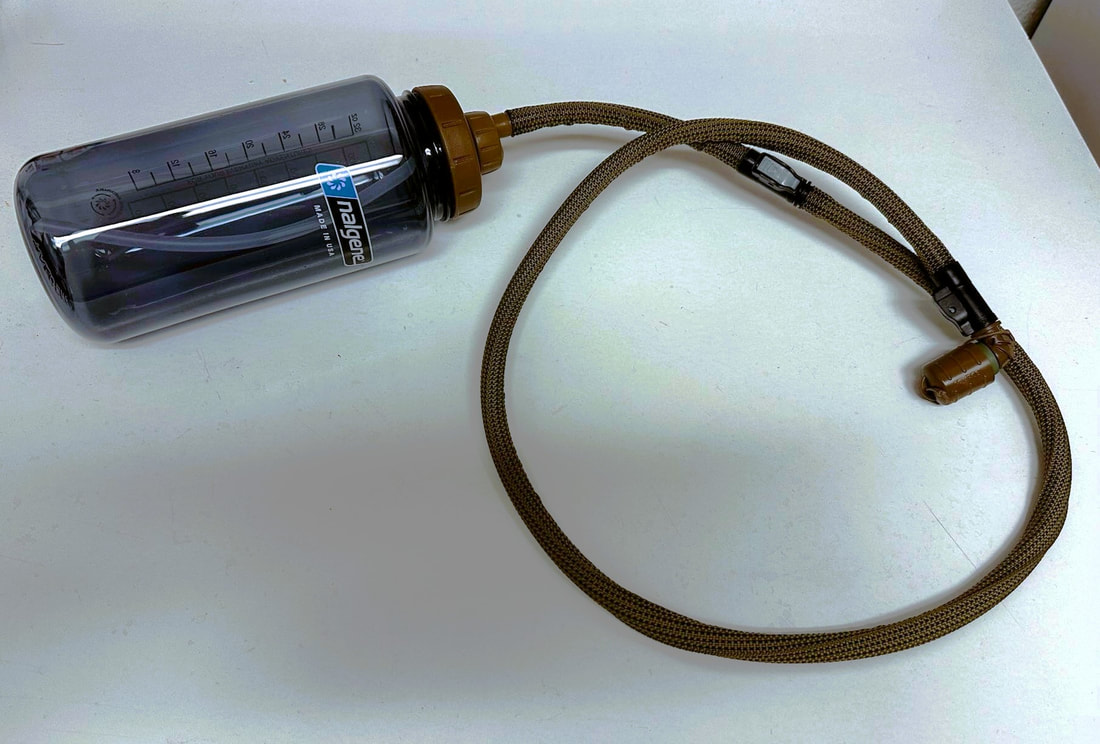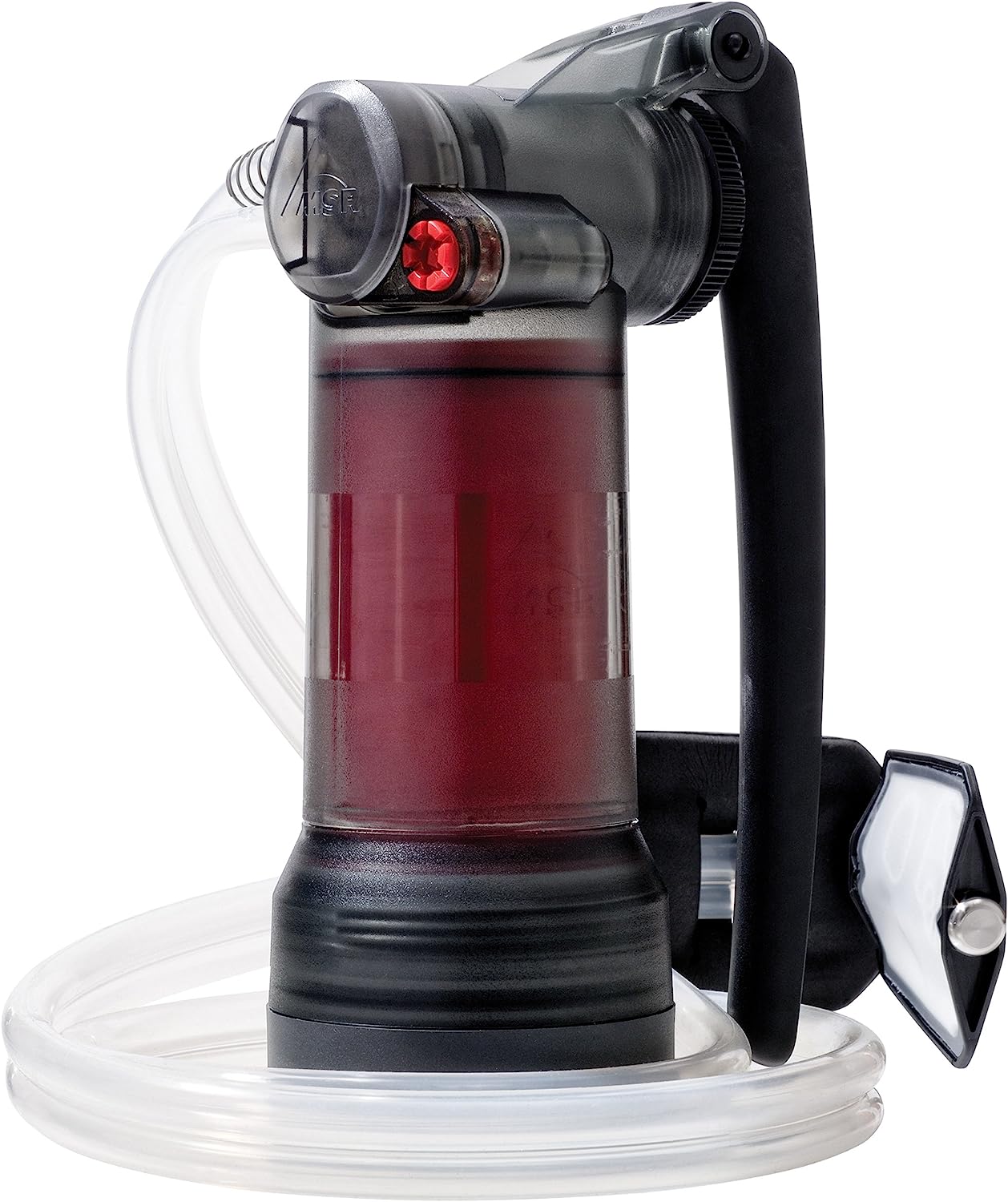|
See also: Nuclear Survival in the Suburbs I received an email from a nuclear engineer that better clarified the issues and difficulties in employing the inverse square law. The engineer who was kind enough to write me in response to my article did a wonderful job of explaining the caveats better than I did. His information was more informative and expansive than the engineer I consulted with previously to establish the background of my post and book.
He cautions that the radiation dose reduction from planar sources, like the fallout contaminated ground and surfaces outside, does not fall directly according to the inverse square law. The rate will still decrease, but will be higher than the inverse square law would otherwise predict. “With (approximately) five planar sources facing the occupants, reductions by moving from one side to the other are important, but will not fall of with the inverse square of the distance. (Dose rates from hot spots will approximate the inverse square law, but locating them may not be easy or even possible for most people.)” The varying properties of plane sources appears related to exactly how the radioactive material is deposited. As cautioned in my post, and further in my book, how the fallout lands, the layout of the house, and hot spots will complicate any “neat” computations. In fact, for most citizens measuring radiation would be impossible, making the actual level ill-relevant and survival more related to the level of distance shielding one can achieve. Some salient points from a Dept. of Energy publication (DOE-HDBK-1122-99) he referenced are: Regarding linear sources, “The inverse square law becomes inaccurate close to the source (i.e., about 10 times the diameter of the source)…The inverse square law holds true only for point sources; however, it gives a good approximation when the source dimensions are smaller than the distance from the source to the exposure point.” At near distances, "the exposure rate falls off a little slower than 1/d (i.e. not as quickly as a line source). As the distance from the plane source increases, then the exposure rate drops off at a rate approaching 1/d2." So the inverse square law, as you are well removed from the source, is grossly approximate. So the calculations used in my example should be illustrative of the principle rather than definite facts or a formula one should use. The inverse square law should be seen, in the context of nuclear fallout contamination, as a generic understanding of how distance contributes to the reduction of a radiation dose, not as an iron-clad rule. Even so, there will be a significant reduction with increasing distance, enough that in low radiation count areas sheltering-in-place is viable. A very large building, like an office or church, may be a better choice than a home. Those in homes without a basement are best served by relying on improvised shielding in the center of the house. Several studies measured the radiation level inside typical early Cold War era homes. Fallout contamination on the ground outside was simulated in some experiments by laying plastic tubing out in an evenly distributed pattern, then pumping a radioactive source through it. Detectors were placed inside the home at various locations and the protection factor was calculated. The studies reviewed here generally did not consider immersion (while the fallout is still descending thickly, but after fallout has completed its deposition).[1] The protection was quantified in Protection Factor (PF). This is a division of the open field or unshielded dose vs. the interior or shielded does. The higher the rating, the greater the protection. The protection factor is a fractional reduction of the unsheltered dose; for example, a PF of 2 means half the dose received. PF is essentially a fraction; divide the outside radiation level by the PF and it will result in the absorbed dose in the shelter. The protection factor (PF) is the denominator of the fraction of the radiation you are receiving. The fraction can be calculated by doubling the layers. A protection factor of 1000 (ten layers) is most desirable, with a PF of 200 considered the safe minimum. A PF of 1000 would be three feet of packed earth or four inches of lead. The studies would measure the protection offered by the housing materials themselves as well as the effects of distance. Most homes give a protection factor of approximately 2 (PF) aboveground. Higher values are found in masonry walled homes and in basements. A typical stucco Southwestern style home can have a PF of 2.8 to 4.4, depending on the refuge location and other factors. Unsurprisingly, masonry offered better protection than any other material. Stucco is slightly better than wood or vinyl sided homes. Brick walled homes tended to have a similar PF on the second floor as the first. Basements were by far the best area to shelter in, getting up to an idealized PF of 10 (that is, one tenth the radiation). The best protection in a basement is low to the floor in the center of the house, preferably with two stories above. Split-level homes built on sloping lots showed minor variation from level lots on the main floor, but as expected, the basements had less protection due to more exposure of exterior walls. In general, split-level homes have a lower protection factor than homes on level lots because the exposed floor creates another unprotected (partial) plane. Split-level homes without a basement suspended on piers will have a much larger unprotected bottom area than other styles. An empty supermarket had a PF of approximately 8. It is noted that the content of the store (shielding) may increase protection. The large, boxy construction of a typical grocery store or big box store has high ceilings and at the center, enables shelterees to get far from the exterior. While a store may be impractical due to looting, similar buildings are warehouses, tilt-up industrial buildings, “warehouse” style churches, and some office properties. A pitched, metal roof seemed to offer good protection from fallout accumulation. The measured level of contamination was only 10% of that of the nearby ground levels. I would attribute this to the slick metal preventing the particles from “sticking.” Moving partitions towards the detector increased the radiation dose; this would tend to indicate that shielding or walls may offer more protection closer to the radiation. The actual dose will vary over time depending on the radionuclides in the fallout, the deposition rate and pattern, weather, decontamination, and radioactive decay. If fallout was one hour old, the protection factor increased (note that this is not a function of distance or shielding, but radioactive decay). In summary, a conservative estimate for aboveground protection factors would be a PF of 2, or half the outdoor radiation. Brick veneer and masonry homes can have a PF from 3-4, or one third to one fourth of the exterior dose received inside. Basements are expected to have a median 8 PF but would probably be closer to 15-25 PF, depending on the person’s location and the construction of the home. [1] Michael Dillon, Jave Kane, John Nasstrom, Steve Homann, and Brenda Pobanz, "Summary of Building Protection Factor Studies for External Exposure to Ionizing Radiation," February 2016, Lawrence Livermore National Laboratory Comments are closed.
|
Author Don ShiftDon Shift is a veteran of the Ventura County Sheriff's Office and avid fan of post-apocalyptic literature and film who has pushed a black and white for a mile or two. He is a student of disasters, history, and current events. Archives
May 2024
Categories
All
As an Amazon Associate I earn from qualifying purchases.
|


 RSS Feed
RSS Feed






